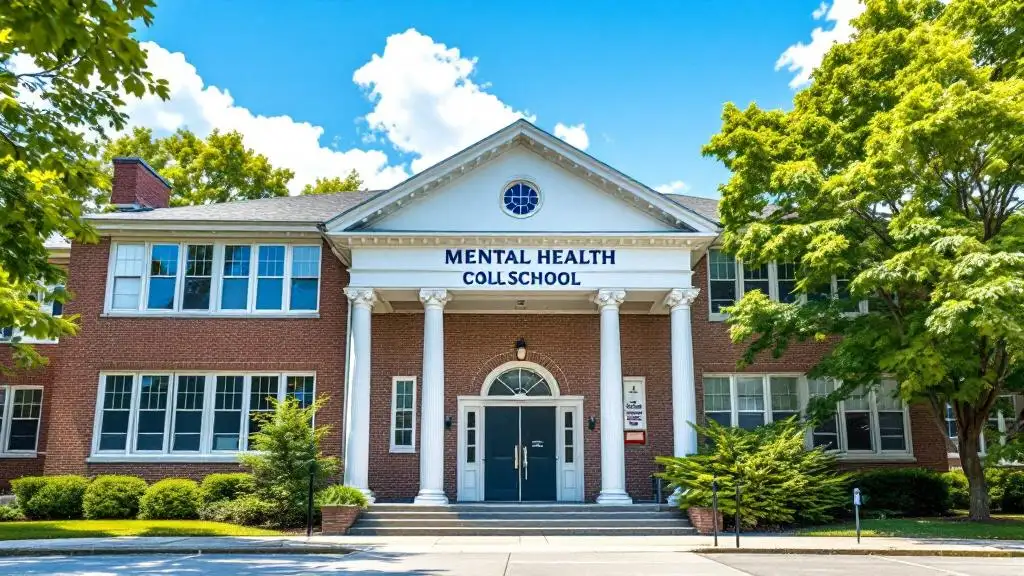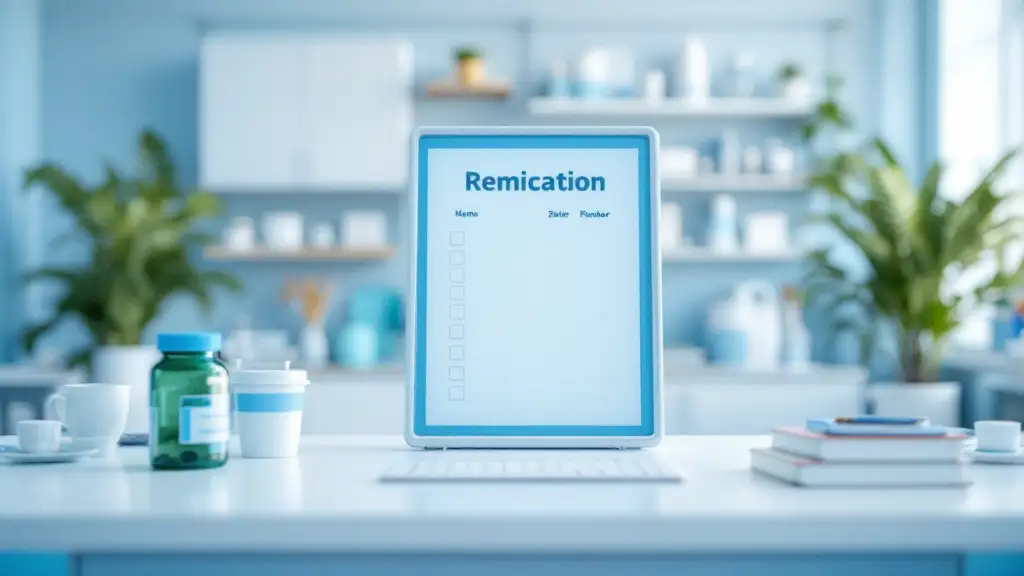Understanding the Importance of Timely Identification
Early detection of learning disabilities is fundamental to providing children and young people with the support they need to succeed academically and socially. Recognizing learning difficulties as early as preschool allows for interventions that can prevent long-term challenges and promote well-being. This article explores how testing and early identification efforts benefit individuals with learning disabilities, the complexities involved in diagnosis, and comprehensive mental health services that support their development.
Recognizing Early Signs of Learning Disabilities in Children
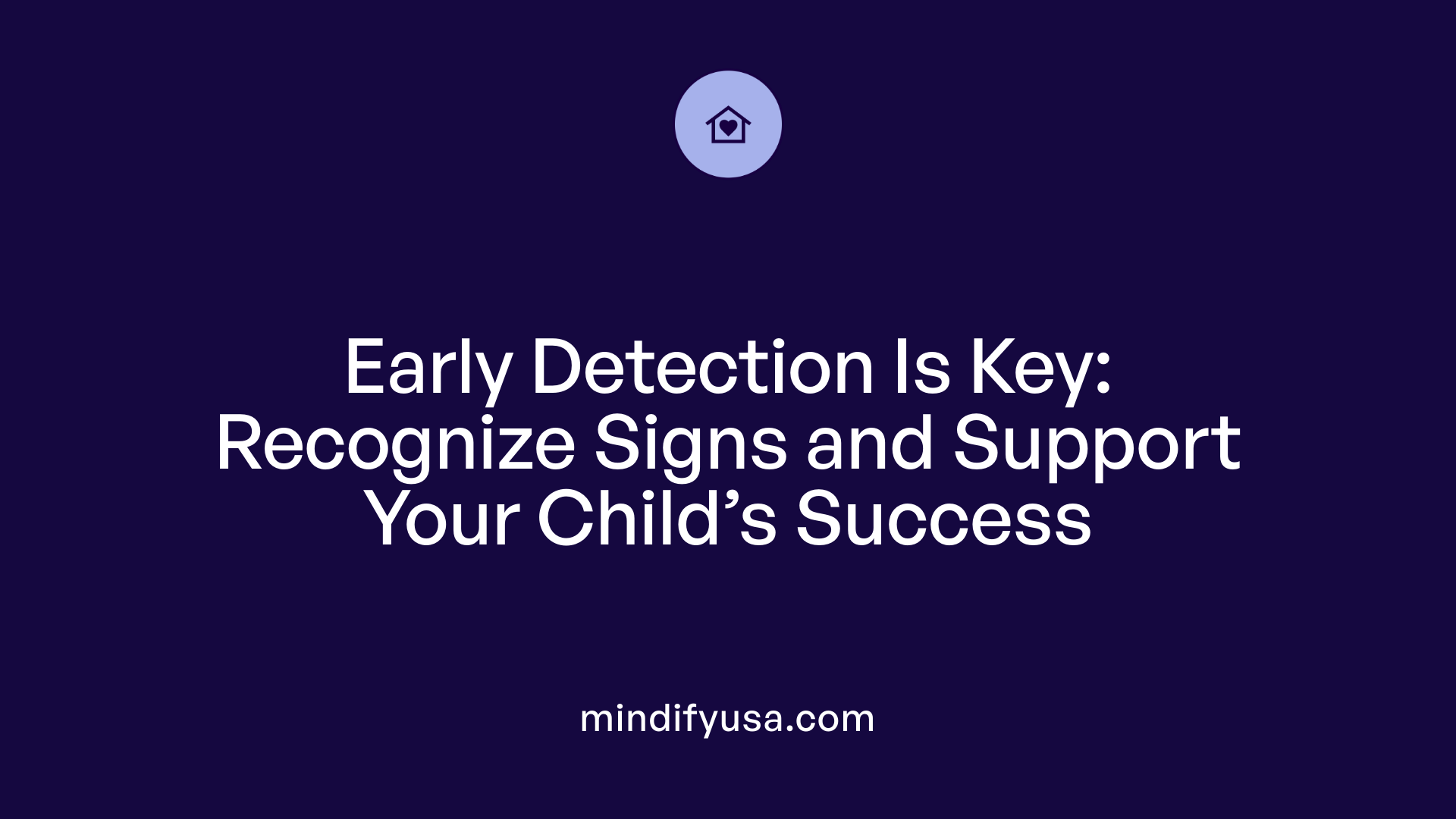
What early signs indicate learning disabilities in young children?
Early signs of learning disabilities often emerge during preschool. These include late talking, difficulty producing certain sounds, and slow vocabulary development. Children may also struggle with rhyming and learning sequences such as numbers or the alphabet. Behavioral symptoms like restlessness, fidgeting, and being easily distracted are also common indicators. Spotting these signs before a child starts formal schooling can lead to earlier support and more effective interventions.
At what age are learning disabilities usually diagnosed?
Typically, children are diagnosed with learning disabilities between the second and fourth grades. However, observable signs can appear as early as kindergarten. This early manifestation highlights why parents and teachers need to closely watch for learning difficulties and behavioral concerns. Early identification sets the stage for interventions that can improve educational outcomes and overall development.
What is the importance of preschool detection?
Detecting learning disabilities in preschool allows for early support before academic challenges worsen. Early intervention leverages a child's developmental plasticity, improving skills like language, math, and attention. It also helps build confidence and coping strategies, increasing the chances of success throughout schooling.
What roles do parents and teachers play?
Parents and teachers are often the first to notice signs of learning difficulties. Parents can support by engaging in interactive reading and math activities to boost early skills. Teachers can observe changes in attention or academic performance and initiate screening and support processes. Collaboration between home and school ensures comprehensive care and tailored interventions for the child.
The Assessment Process and Multidisciplinary Approach

How are learning disabilities assessed and diagnosed?
Assessing learning disabilities involves a comprehensive, developmentally-based evaluation that covers multiple domains. These include cognitive skills, speech and language development, motor abilities, adaptive behaviors, and social-emotional functioning. This multi-domain approach helps create a thorough understanding of the child's strengths and challenges.
A multidisciplinary assessment team typically conducts the evaluation. This team often comprises psychologists, speech and language therapists, occupational therapists, educators, and medical professionals. Their combined expertise allows for a well-rounded view of the child's needs.
The assessment process uses a variety of methods such as interviews with the child and family, standardized psychological testing, direct observation, and reviews of medical and educational records. These tools help distinguish learning disabilities from other conditions and consider factors like developmental level and any neurological or sensory issues.
Early identification is supported by universal developmental screenings beginning as early as age two or three. Such screenings are vital for recognizing potential difficulties early on, allowing for timely interventions that can greatly improve outcomes.
Multidisciplinary evaluations ensure accurate diagnoses by integrating insights from different fields, supporting personalized intervention plans that address the unique needs of each child.
Early Intervention Strategies and Educational Support
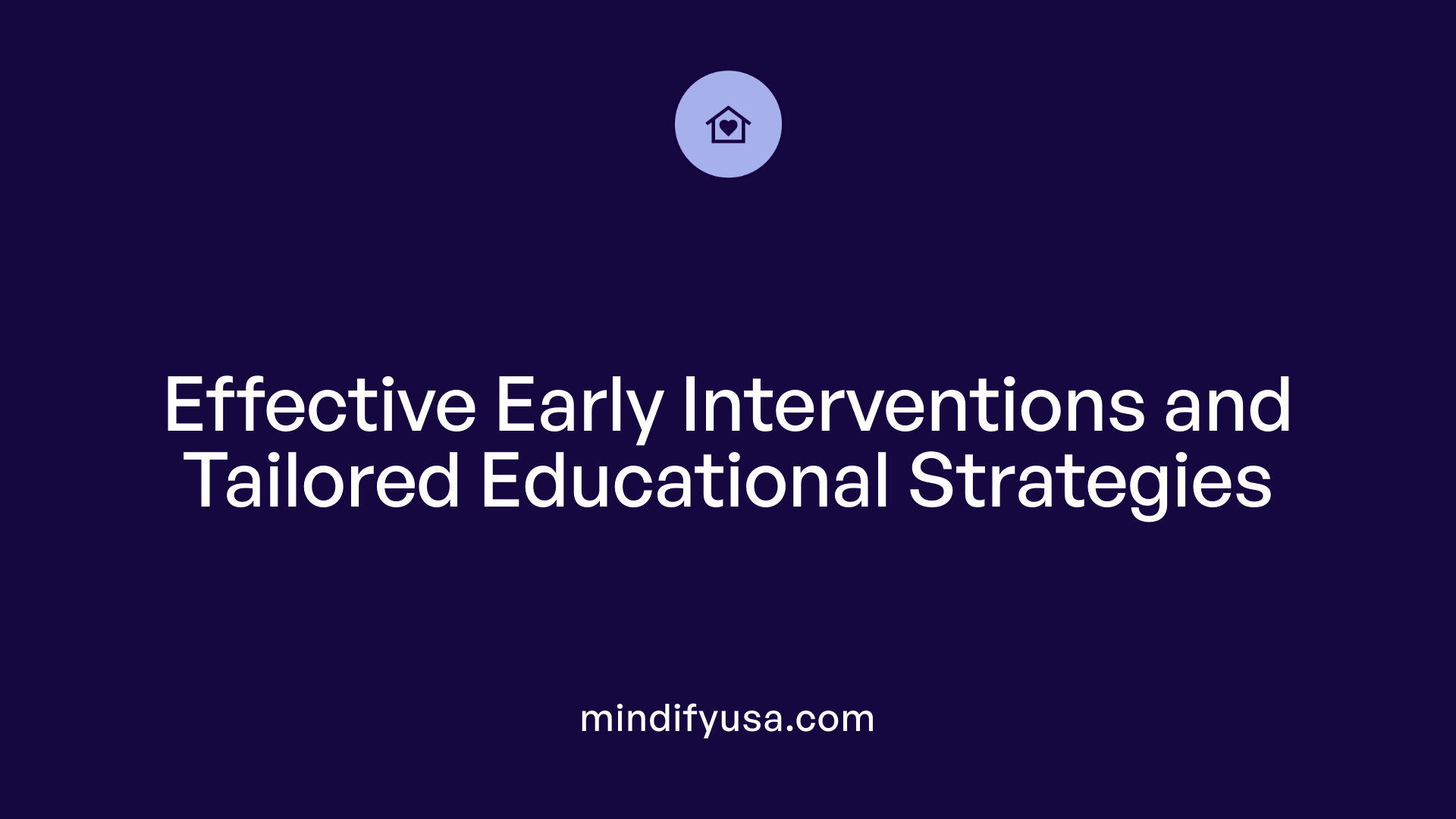
Response to Intervention (RTI) model
The Response to Intervention (RTI) model is a widely adopted approach for supporting children once a learning disability is identified. This is a tiered system where children first receive general classroom assistance (Tier 1). If further help is needed, they move to targeted support (Tier 2) focused on specific learning challenges. Children with more persistent difficulties receive intensive, individualized intervention (Tier 3), which can lead to formal evaluation for special education services.
Roles of Parents and Teachers
Parents and teachers play crucial roles in early intervention. Teachers often detect initial learning difficulties like slipping grades or trouble following instructions and can initiate screening and support strategies. Parents are encouraged to engage their children through interactive activities such as reading aloud, asking questions about pictures, and incorporating counting or comparative math tasks. These activities improve vocabulary, listening comprehension, and numeracy skills.
Targeted Teaching Methods
Once a learning disability is diagnosed, specialized teaching methods come into play. Techniques may include phonics-based instruction for reading difficulties, multisensory learning for dyslexia, and tailored math instruction with visual aids for dyscalculia. Occupational therapy and assistive technology are also helpful, especially for challenges like dysgraphia affecting handwriting and organization.
Fostering Resilience and Self-Esteem
Building self-esteem and resilience is essential for children with learning disabilities. Positive reinforcement, avoiding stigmatization, and maintaining strong family-educator communication all contribute to improved academic and social outcomes. These factors help children develop coping and problem-solving skills that support their long-term success.
In summary, a combination of a tiered RTI approach, active parent and teacher involvement, tailored instructional methods, and emotional support forms the foundation of effective early intervention and educational assistance for children with learning disabilities.
The Intersection of Learning Disabilities and Mental Health
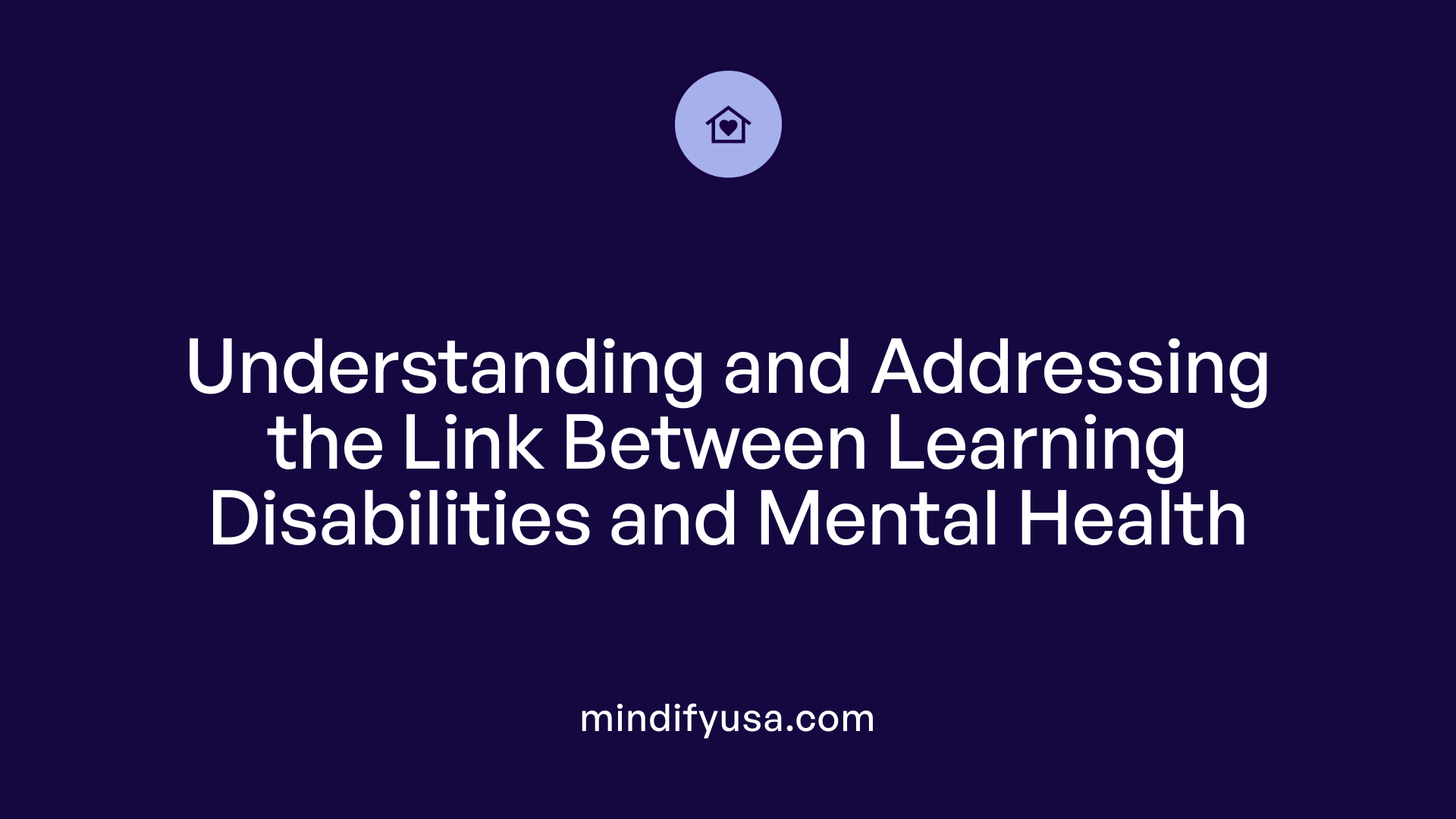
How are mental health conditions related to learning disabilities?
Mental health problems such as anxiety, depression, schizophrenia, and behavioral disorders occur at notably higher rates in individuals with learning disabilities compared to the general population. Both children and adults with learning disabilities face increased risks, with challenges compounded by genetic syndromes like Down's syndrome, which carries risks such as dementia in later life.
Why is early mental health recognition important?
Early detection of mental health issues is critical because it allows for timely interventions that can prevent more serious complications. Delays in recognizing mental health concerns are often due to factors like diagnostic overshadowing, communication difficulties, and limited knowledge among healthcare providers and families. Engaging families and primary care professionals in the recognition process enhances early assessment, enabling access to specialized care and improving treatment outcomes.
What is the impact of undiagnosed mental health and learning disabilities on academic and social outcomes?
Undiagnosed mental health issues combined with unidentified learning disabilities can severely hinder academic achievement, motivation, and social development. Children struggling silently may display poor school performance, behavioral changes, and difficulty forming relationships. Early identification and supportive interventions not only facilitate academic success but also promote positive relationships, self-esteem, and overall well-being, fostering a better quality of life for the individual.
Comprehensive Mental Health Services for Children with Learning Disabilities
What comprehensive mental health services are available?
Children with learning disabilities can access an extensive range of mental health services tailored to their particular needs. These services include thorough assessments and accurate diagnosis of various mental health conditions such as anxiety, depression, bipolar disorder, obsessive-compulsive disorder (OCD), post-traumatic stress disorder (PTSD), and substance use disorders.
Therapeutic options are flexible and diverse, incorporating individual, family, and group therapy sessions. Techniques often employed include cognitive-behavioral therapy (CBT) and Solution-Focused Brief Therapy, grounded in evidence and adapted for children with developmental challenges. Holistic methods like biofeedback may also be integrated to support emotional and physiological regulation.
Medication management is typically overseen by psychiatrists working closely with primary care physicians, ensuring treatments are appropriate and sensitive to the child's developmental level and coexisting conditions.
Specialized programs exist to address complex behavioral issues, trauma-related concerns, and specific needs such as gender-affirming care for youth requiring supportive environments. These programs offer both short-term and long-term outpatient care, with many utilizing telehealth platforms to increase accessibility for families in diverse geographic areas.
Crisis intervention services and community resource connections further enhance support by providing immediate help and ongoing assistance.
What is the role of primary care and mental health specialists?
Primary care providers, notably general practitioners, often serve as the first point of contact for children with learning disabilities exhibiting signs of mental health difficulties. Their crucial role includes initial screenings and referrals to specialized mental health professionals. Early recognition in primary care settings enables timely intervention, which is fundamental for effective treatment.
Mental health specialists, including child psychologists, psychiatrists, and multidisciplinary teams, conduct in-depth assessments and deliver targeted therapies. Collaborative care models promote comprehensive management plans incorporating families, schools, and community supports, maximizing positive outcomes for children.
Together, these services form a coordinated system ensuring children with learning disabilities receive the care necessary to support their mental health and overall development.
The Role of Schools, Families, and Communities in Early Identification
How can schools and communities support early identification of learning disabilities and mental health issues?
Early detection of learning disabilities and mental health conditions is most effective when it happens in accessible, everyday environments such as schools and primary healthcare settings. Ensuring that teachers, school staff, and primary care providers are properly trained and funded to recognize and address these concerns is essential. This training equips them to spot warning signs early and respond appropriately.
Community education also plays a vital role. By providing outreach and resources to parents, teachers, friends, spiritual leaders, and mentors, communities can raise awareness about early symptoms of mental health and learning challenges. This broad knowledge base encourages timely referrals for thorough mental health and educational evaluations, ultimately supporting early intervention.
Families must have access to comprehensive support resources. This includes clear guidance on how and where to seek evaluations and treatment services, empowering them to advocate effectively for their children. When families are informed and supported, children experience better recovery prospects and improved developmental outcomes.
Strong collaboration between educators, healthcare professionals, and families creates a coordinated network that facilitates sharing information and joint decision-making. This teamwork ensures that interventions are well-targeted and that children receive consistent support both at school and at home, promoting their educational achievement and social growth.
The Path Forward: Empowering Early Detection and Support
Early testing and diagnosis of learning disabilities, coupled with comprehensive mental health services, form the foundation for a child's academic success and well-being. Recognizing early signs allows for timely interventions that can transform challenges into opportunities for growth. By equipping parents, educators, healthcare professionals, and communities with knowledge and resources, we can ensure children with learning disabilities receive the support they need to thrive. Integrating mental health awareness within learning disability assessments further addresses the holistic needs of these individuals, fostering resilience and potential throughout their lives.
References
- Identification and assessment of mental health problems
- Early identification of mental health issues in young people
- Early Signs: How to detect learning disabilities in children
- Early Identification and Evaluation
- The Importance of Early Detection in Learning Disabilities
- Factors associated with the identification of mental health ...
- Behavioral Health
- Behavioral Health Services
- Top 15 Mental Health Care Centers in Los Angeles











